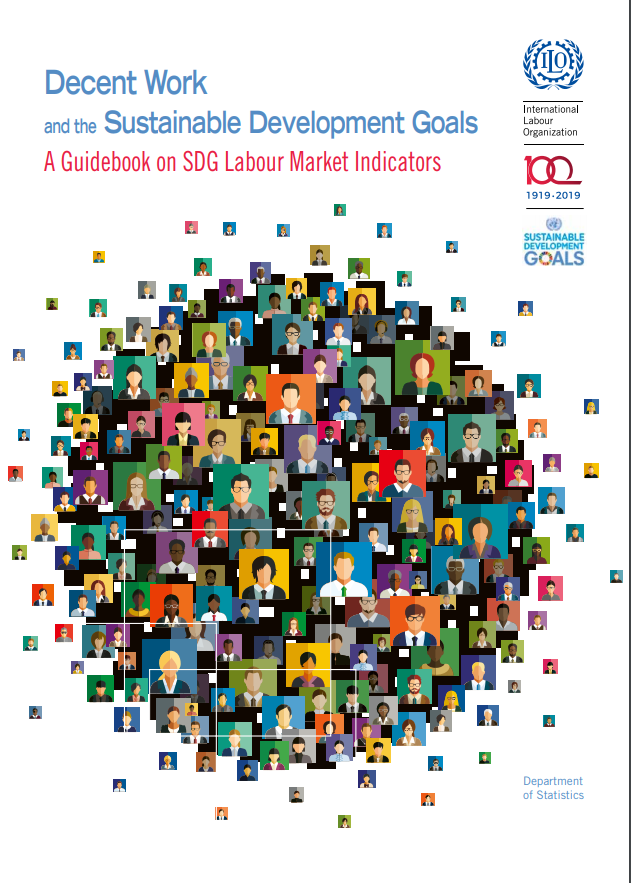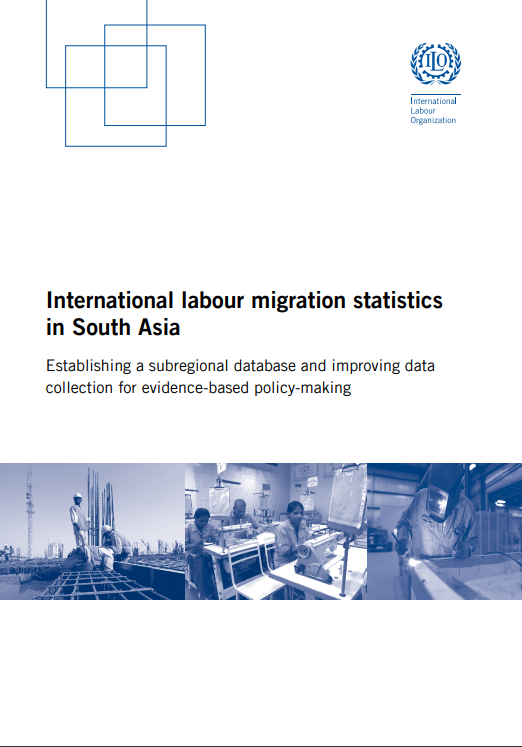
Guidelines concerning statistics of cooperatives
Guidelines concerning statistics of cooperatives Read More »

This Guidebook provides a detailed overview of the labour market indicators included in the Sustainable Development Goals Global Indicator Framework. It is intended to serve as a manual of best practices for calculating and interpreting the SDG labour market indicators, with a view to monitoring progress made at the national and international levels towards the achievement of the SDGs.

Discover the patterns around the world of unemployment and other forms of labour underutilization, including time-related underemployment, the potential labour force and over-education in Avoiding unemployment is not enough, the fourth issue of our series Spotlight on work statistics.
Avoiding unemployment is not enough Read More »

This report provides a comprehensive analysis of statistics related to extraregional labour migration of South Asian nationals, referring to those migrating outside of the subregion from the following eight countries: Afghanistan, Bangladesh, Bhutan, India, Maldives, Nepal, Pakistan and Sri Lanka. Where applicable and relevant to the statistical discussion, this report also includes conversations on developments and trends in extraregional labour migration, migrant worker attributes (such as sex, skill level, occupation, country of destination, method of recruitment and more) and associated thematic areas (such as remittances) in South Asia.

Discover the patterns around the world of unemployment and other forms of labour underutilization, including time-related underemployment, the potential labour force and over-education in the fourth issue of our series Spotlight on Work Statistics.
Avoiding unemployment is not enough Read More »

The ILO has launched efforts to develop guidance to promote accurate measurement of time use in different settings. A particular focus is the development of a data collection strategy centred on the attachment of a Time-Use module to the LFS. The successful design of such an approach offers many potential advantages given the topic overlap between the LFS and TUS, common target populations, high prevalence of LFS internationally, etc. An in-depth review of methods and country practises has been undertaken to inform the design of such a data collection strategy. This review has focussed in most depth on Light Time-Use Diary (LTUD) approaches to assess their suitability. This Brief highlights results, lessons learned and main challenges identified stemming from that review.
Exploring Light Time-Use approaches for measuring productive activities Read More »

Database descriptions, statistical standards (resolutions and guidelines), and guides and manuals – all the metadata to better understand the labour statistics presented on ILOSTAT.
Concepts and definitions Read More »